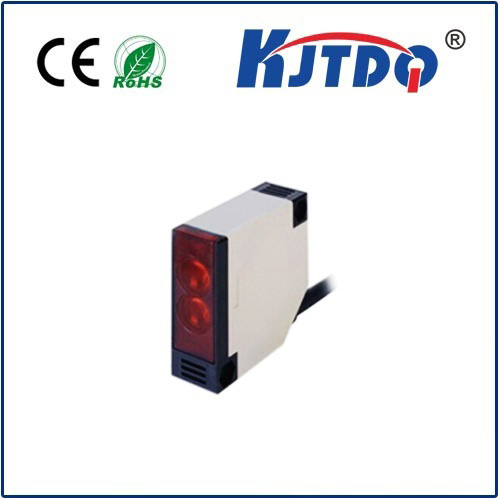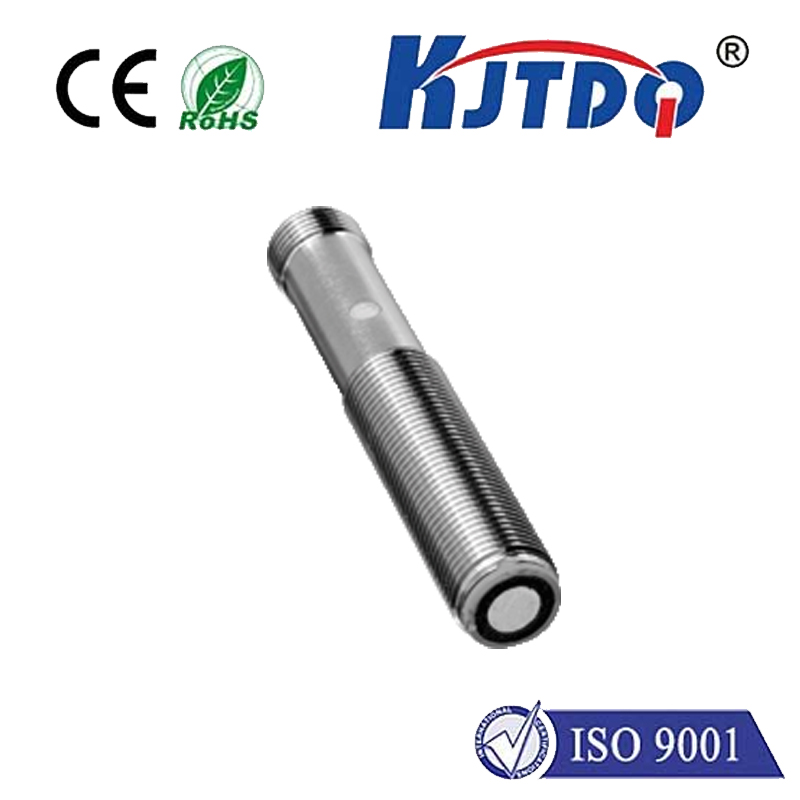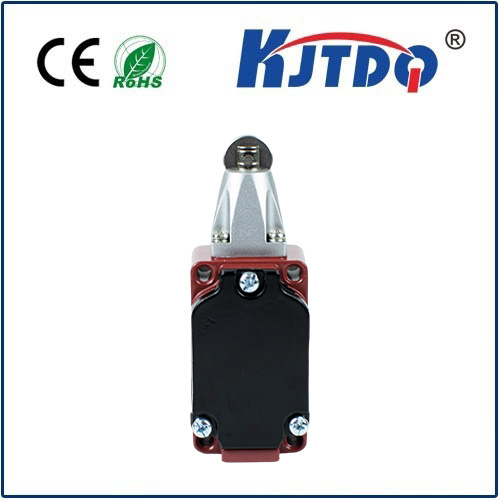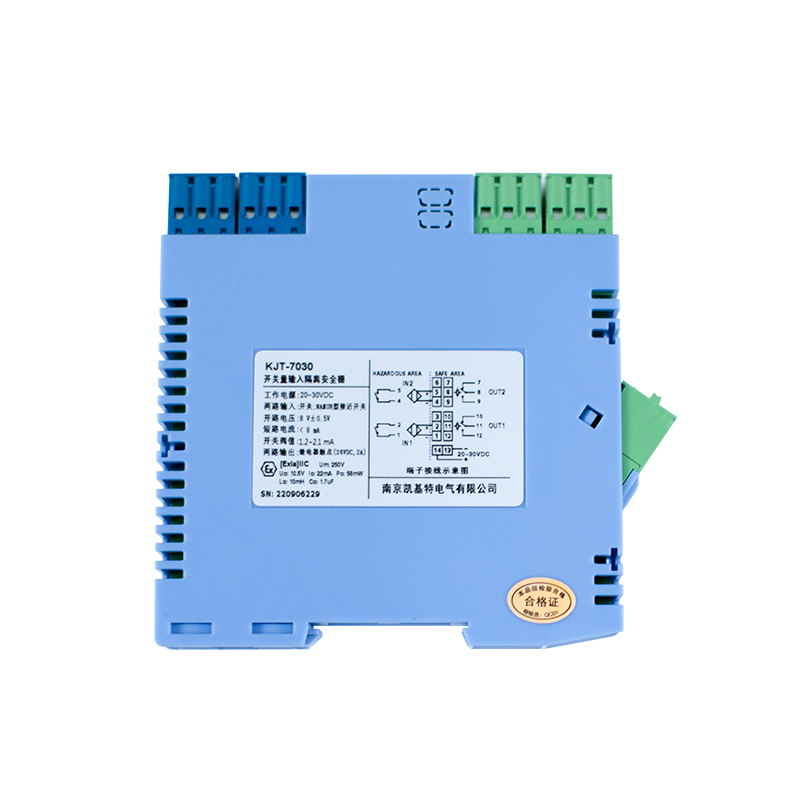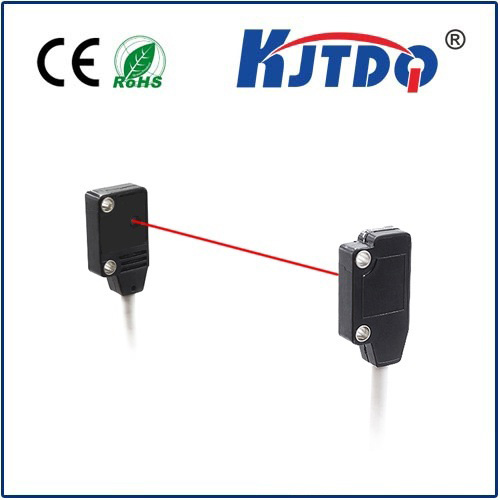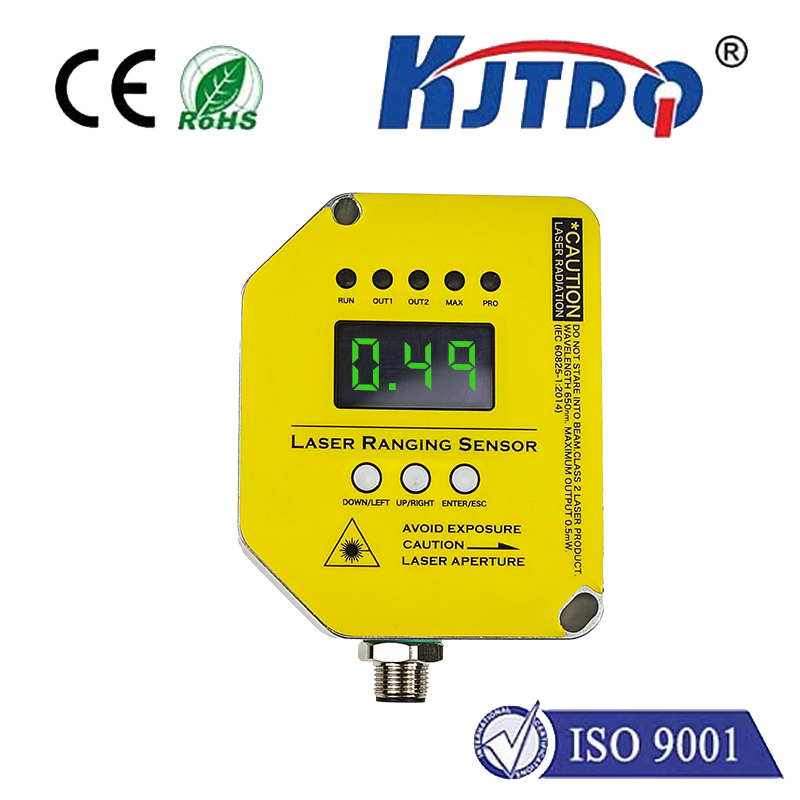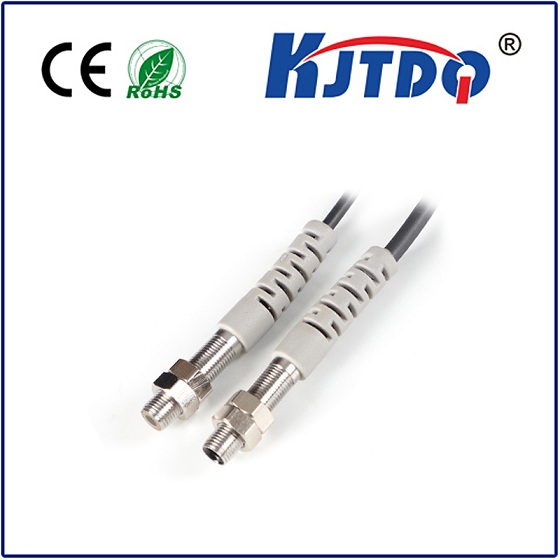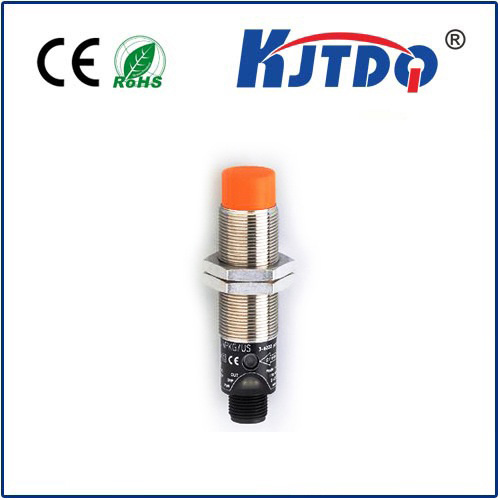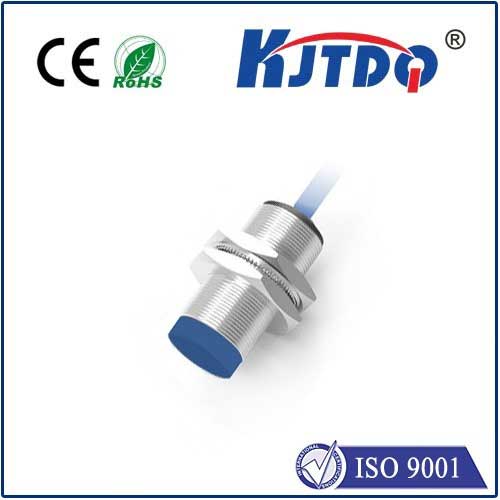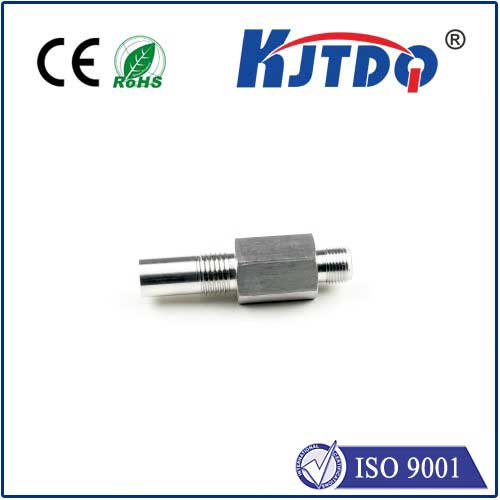
check

check

check

check
The Importance of Understanding Harga Sensor Photoelectric for Industrial Applications
Introduction
Sensor technology is an integral component of today's industrial processes. Among the various types of sensors, photoelectric sensors play a crucial role in detecting objects, measuring distances, and ensuring safety in automation and control systems. The term "harga" refers to the price or cost in Indonesian, and understanding the pricing of photoelectric sensors is critical for businesses that rely on these devices to streamline their operations. This article will explore the significance of photoelectric sensors in industrial applications and the factors that determine their cost.
Applications of Photoelectric Sensors
Photoelectric sensors are used in a wide range of industrial applications, including conveyor systems, packaging machines, quality inspection stations, and more. These sensors operate by emitting a light beam that is interrupted by an object, which then triggers an electrical signal. This signal can be used to control machinery or provide feedback on the presence or absence of an object within a given area.
Factors Affecting the Price of Photoelectric Sensors

Several factors influence the pricing of photoelectric sensors. These include:
1. Type of sensor: Different types of photoelectric sensors are available, each with its own set of features and capabilities. For example, some sensors may have higher detection ranges or faster response times than others. These differences can result in varying prices for different models.
2. Brand and manufacturer: Well-known brands often charge premium prices for their products due to their reputation for quality and reliability. Additionally, some manufacturers may offer additional services such as extended warranties or technical support, which can affect the overall cost of the sensor.
3. Material and construction: The materials used to construct photoelectric sensors can also impact their price. Higher-quality components and more durable materials often result in higher prices for these devices.
4. Features and functionality: Advanced features such as programmable logic controller (PLC) integration, multiple detection modes, and adjustable sensitivity settings can add to the complexity and cost of photoelectric sensors.
Benefits of Using Photoelectric Sensors
Despite the costs associated with purchasing and implementing photoelectric sensors, there are several benefits to using these devices in industrial applications. Some of these benefits include:
1. Improved efficiency: By automating object detection and measurement tasks, photoelectric sensors can help increase productivity and reduce downtime in manufacturing environments.
2. Enhanced safety: Many industrial processes require accurate detection of objects to prevent accidents and ensure worker safety. Photoelectric sensors can provide reliable detection without requiring direct human intervention.
3. Versatility: With a range of models and configurations available, photoelectric sensors can be customized to meet the specific needs of different industrial applications.
4. Easy installation and maintenance: Photoelectric sensors are typically easy to install and require minimal maintenance, making them a cost-effective solution for many industries.
Conclusion
In conclusion, understanding the harga sensor photoelectric is crucial for businesses looking to optimize their industrial processes through automation and control systems. While the cost of photoelectric sensors can vary based on several factors, the benefits they provide in terms of efficiency, safety, and versatility make them a valuable investment for many industries. As technology continues to advance, it will be essential for companies to stay informed about new developments in sensor technology and how they can be incorporated into their operations to remain competitive and profitable.
